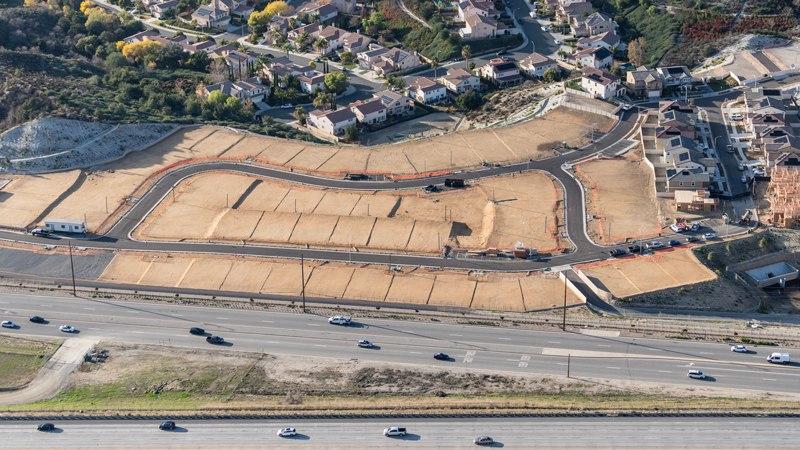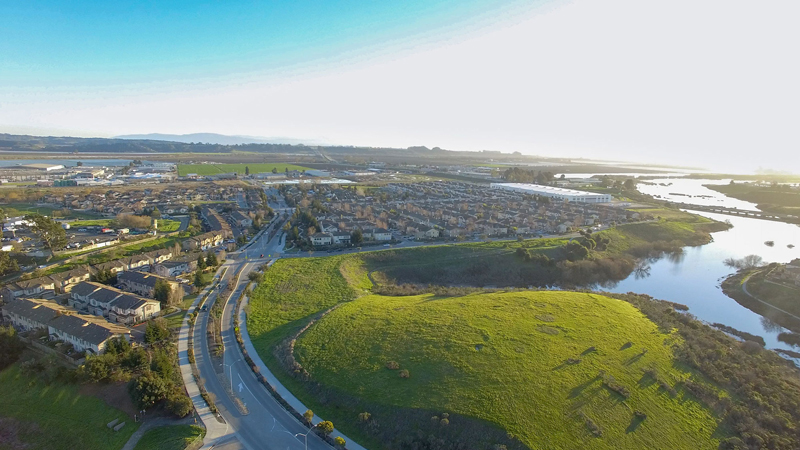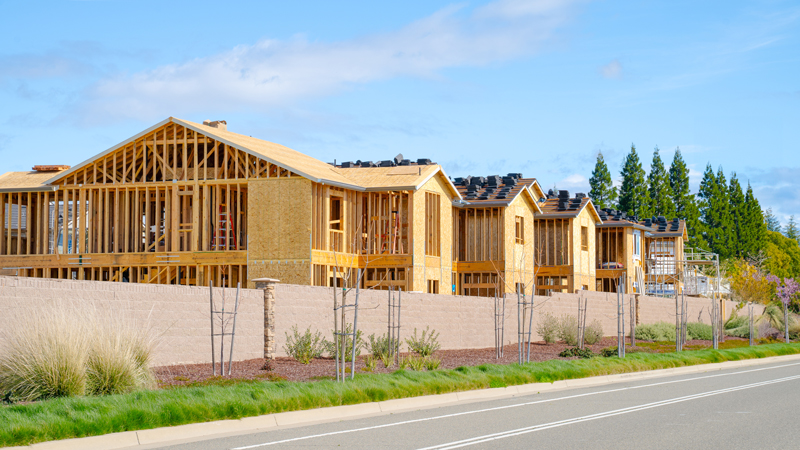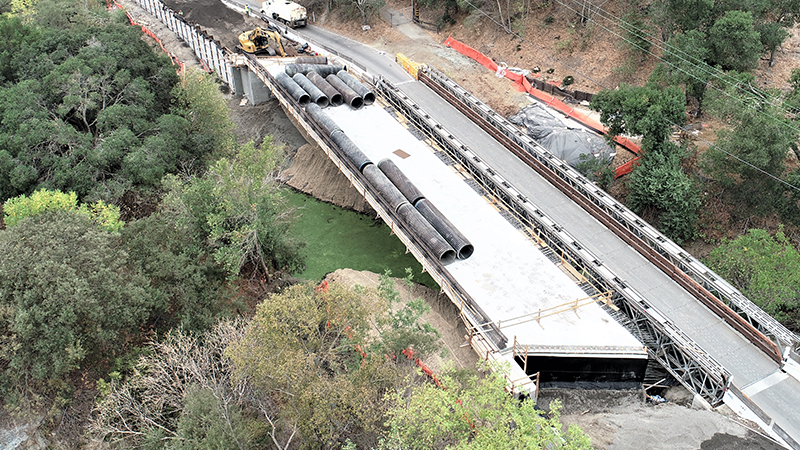Blogpost
4.9 minute read
November 01, 2017
The costs of living in California rank among the highest in the country. According to the latest research, 1.5 million households contribute more than half of their income toward rental payments, and the median cost of a home is two and a half times greater than the median price nationally1. It’s no coincidence that homeownership in the state is at its lowest since World War II.
The rental market is not any better. California is experiencing an extreme housing shortage with 2.2 million extremely low income and very low income renter households competing for only 664,000 affordable rental homes. This leaves more than 1.54 million of California’s lowest income households without access to affordable housing2.
Responding to what he and many experts have deemed a housing crisis, Governor Brown recently signed 15 bills aimed at stimulating affordable housing development in the most efficient ways possible. These laws have major implications for municipalities and developers alike.
Here’s a quick look at several of the most notable bills, along with my takeaways:
SB 540 – Restructures environmental review for affordable housing “zones”
Local jurisdictions can now create priority housing zones for 100 to 1,500 residential dwelling units. For each zone, jurisdictions will assume responsibility for preparing an environmental impact report (EIR) under the California Environmental Quality Act (CEQA) and adopting an overall plan.
Jurisdictions are also required to approve all proposed development projects for a given zone that meet certain criteria. Developers can forego a separate CEQA review—which can take more than a year from start to finish—so affordable housing becomes available sooner. Plus, the local jurisdiction must take action on these projects within 60 days of the completed application, ensuring that implementation progresses smoothly.
The Bottom Line: Agencies can expedite the construction of much-needed housing and Developers can avoid some burdensome processes.
SB166 – Ensures all general plans make room for affordable housing
Moving forward, cities and counties will have to include potential affordable housing development sites in their general plans to address unmet housing needs3. AB72 complements this bill by giving the state more mandating power to require cities to reach their housing goals.
The Bottom Line: Affordable housing projects must be a priority.
SB3 – Proposes $4 billion in subsidies to fund affordable housing programs
If voters approve in November 2018 statewide general election, this bill will add $4 billion in general obligation bonds to help expand the limited housing supply. $3 billion will be used to finance various existing housing programs, infill infrastructure and affordable housing matching grant programs4. $1 billion will extend home loans to veterans through CalVet, a current funding program that will be exhausted in about a year5.
The Bottom Line: Additional financial support should open the door to more opportunities for agencies and developers.
SB35 – Streamlines the approval process in cities that are catching up
For cities and counties that have not yet fulfilled their state-mandated housing production obligations, SB35 requires them to approve multi-family development projects that meet certain conditions, like including at least 10% affordable housing units for households earning 80% or less of the area median income.
The bill expedites delivery by limiting certain types of reviews. It also calls for paying a prevailing wage rate for all construction on these projects, which may be a deterrent for developers.
The Bottom Line: Developers gain an easier path to project approval in those areas not meeting their Regional Housing Needs Allocation goals. However, the construction costs may be higher due to the prevailing wage requirement.
SB167 – Makes it easier for home building projects to receive approval
Under this law, localities must provide substantial evidence when they deny a low-income housing development project that is otherwise consistent with applicable plans, programs, policies and ordinances. The goal is to prevent NIMBYism (Not In My Back Yard objections) from slowing housing developments under the guise of environmental concerns. Wrongfully denying a project could incur a $10,000 fine per housing unit5.
Similarly, SB1515 affords qualified housing projects protection under the Housing Accountability Act (HAA) and provides clear standards for courts to interpret HAA in favor of affordable housing construction5.
The Bottom Line: Municipalities will now have a higher standard of proof for not approving low- and moderate-income housing projects—and CEQA will be more difficult to use as a basis for not approving these types of projects.
AB73 – Incentivizes local governments to create housing on infill sites near public transportation
Lack of affordable housing in California has forced some people to live far from their work and endure the hardships of long commutes. AB73 allows cities and counties to establish a housing affordability district ordinance—particularly infill sites near public transportation—where affordable housing projects would be eligible for ministerial permit approval6.
The Bottom Line: Cities and developers benefit from taking a smart-growth approach to affordable housing.
AB1505 – Allows cities to adopt on-site inclusionary housing ordinances for residential rental projects
Over 170 jurisdictions in California have adopted inclusionary housing ordinances as part of their plan to address the housing crisis and provide affordable housing7. In 2009, an appellate court decision prevented local governments from applying these effective policies to rental housing. AB1505 removes this restriction.
The Bottom Line: Inclusionary housing policies that have helped meet critical housing needs in the past will once again apply to rental units.
This overview only scratches the surface of these monumental bills—each one features potential advantages and challenges for local jurisdictions, developers or both.
If you’d like a better understanding of any of the new laws and their impact on your work, get in touch. You can also keep the conversation going by adding any of your thoughts below.
1 http://www.mercurynews.com/2017/08/28/californias-housing-crisis-its-even-worse-than-you-think-2
2 http://leginfo.legislature.ca.gov/faces/billNavClient.xhtml?bill_id=201720180SB3
3 http://www.capradio.org/articles/2017/09/14/thursday-capitol-roundup
4 https://www.nytimes.com/2017/09/18/us/california-today-a-political-push-for-affordable-housing.html
5 http://www.mercurynews.com/2017/09/25/housing-crisis-see-how-california-lawmakers-are-putting-more-teeth-and-more-money-into-reform
6 https://ww2.kqed.org/news/2017/06/01/legislature-approves-bills-to-address-californias-housing-crisis
7 http://www.mercurynews.com/2017/08/31/opinion-inclusionary-housing-law-will-create-more-affordable-apartments












